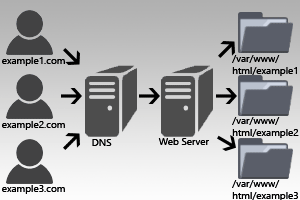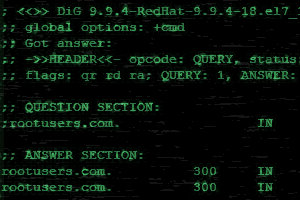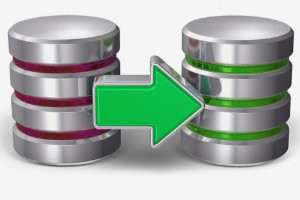
DNS resolution is used to lookup a domain name and resolve it to an IP address. Instead of having various systems in our network querying directly out to the Internet, we can configure a DNS caching server within our network and have other systems point to this for DNS resolution which will improve efficiency. The more systems sending queries through the caching server, the larger the cache will grow, further improving the hit rate.
The local cache of DNS records is stored closer to the systems initiating the requests, resulting in faster resolution time. These records will be cached until their TTL expires, or the cache is flushed. If any other system performs a DNS lookup for a query that resides in the cache it can be returned much faster as the caching server will not have to forward the query to some other DNS server out on the Internet.
There are many packages capable of acting as a DNS cache such as Bind, Dnsmasq and Unbound. In our example we will be working with Unbound.
Read more »







